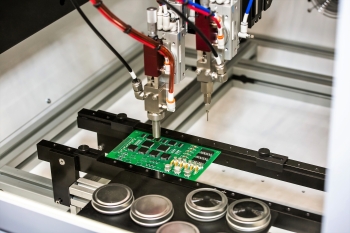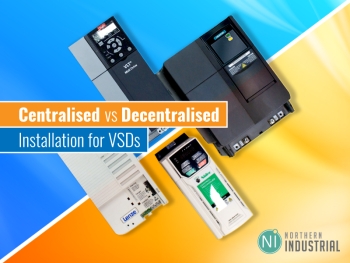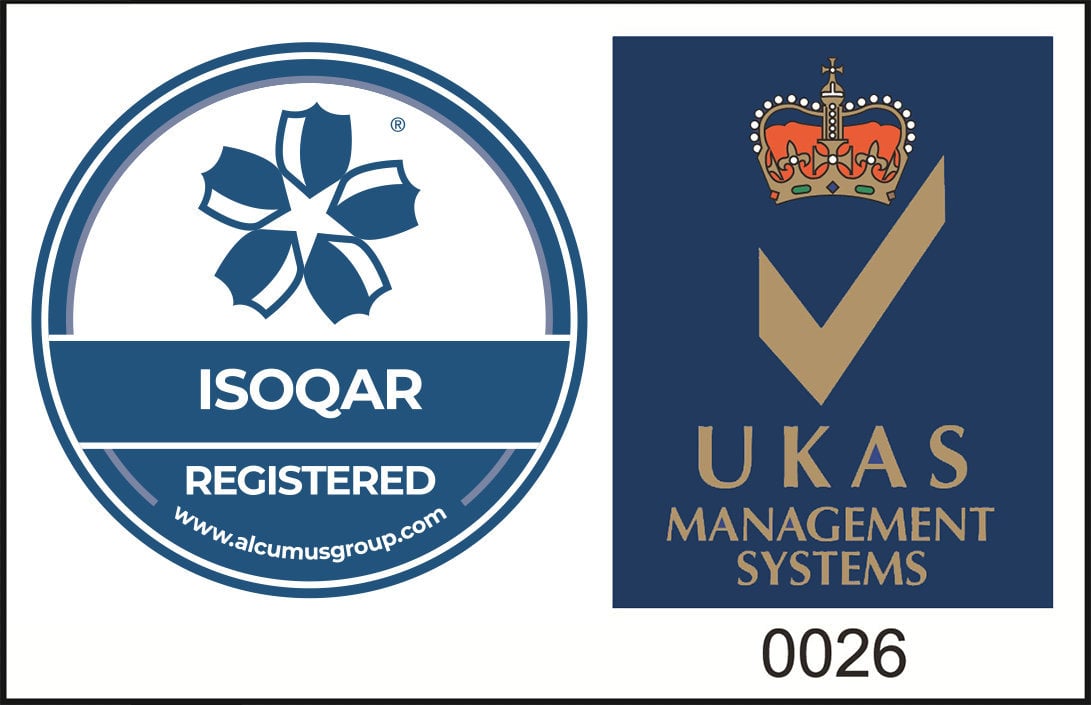
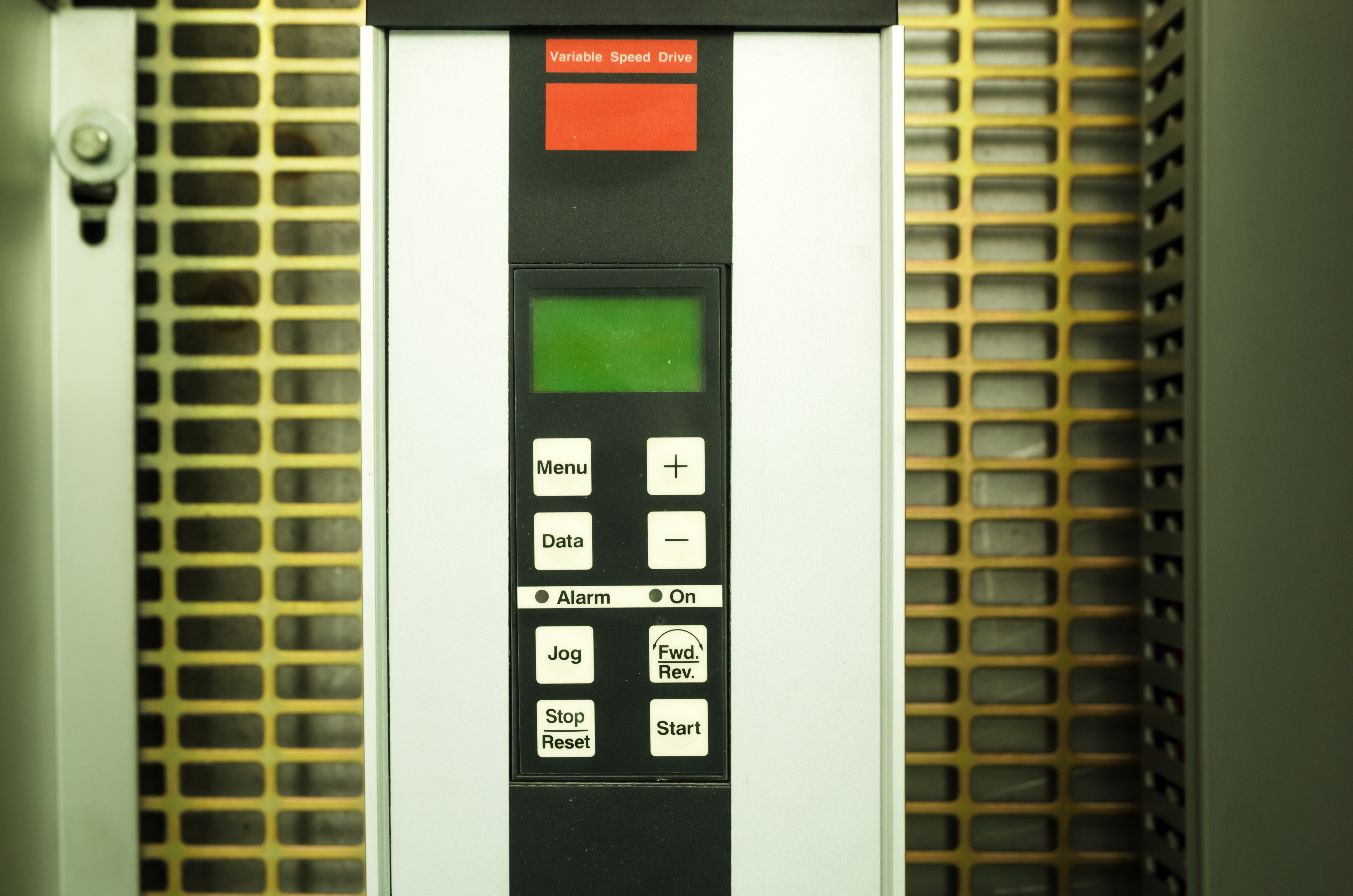
How to Select the Right Variable Speed Drive
Published: 18/03/2022
How to Select the Right Variable Speed Drive
No matter what sector you operate in, electronic motors have become a dominant force in every industry. Variable speed drives (VSDs) have therefore never been more integral due to their ability to reduce energy consumption and optimise operations by controlling the motor speed. In contrast to a variable frequency drive (VFD) which controls the motor speed by changing both voltage and frequency and is used solely for AC applications, the VSD alters the speed through the input voltage alone on AC and DC motors alike, making it a more versatile choice for processes including both motor types. With AC power, VSDs most commonly use a rectifier circuit which converts AC to DC power at the desired level of voltage and amperage, allowing the drive to adapt. According to The Carbon Trust, by reducing the speed of a motor from 100% to 80%, it is possible to save up to 50% of energy. Electric motors are responsible for up to 40% of global electrical power consumption, therefore the power of a VSD goes beyond financial savings and lends itself to reducing your carbon footprint.
So, you have decided a VSD is the best solution to quell your automation needs. How do you select the right one?
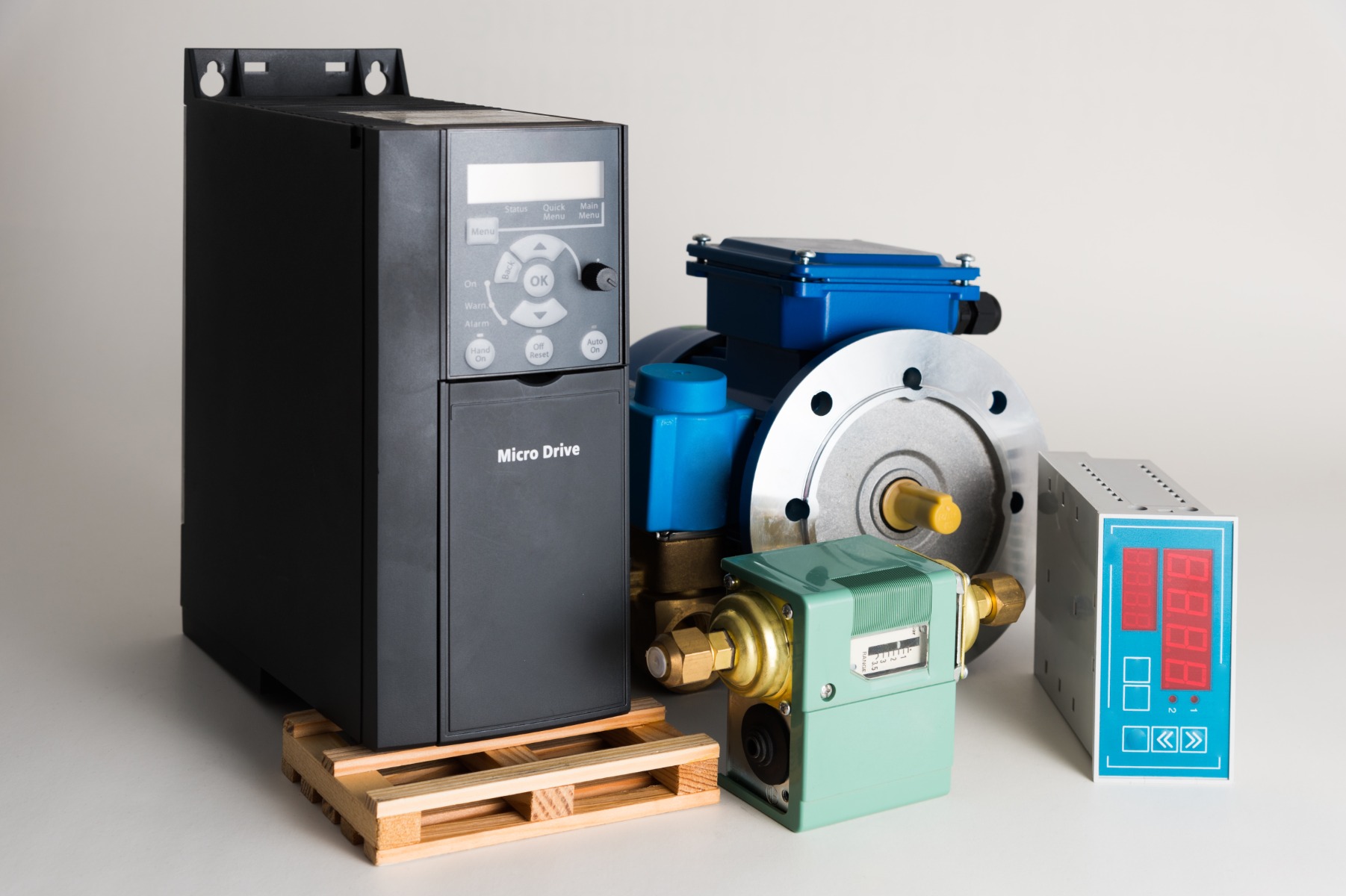
Factors to consider
The key aspect of designing a variable speed drive system is selecting the right VSD. If you choose a unit that is too small, it will be unable to control the connected motor optimally at all necessary operating points. However, if the unit is too large there is likewise a risk that the motor will not be controlled properly. It is also likely that the design will not be cost-effective.
It is important to have knowledge of the following basic parameters:
- Central versus decentralisation
- Environment
- Motor cable length
- Regenerative energy
- Derating of VSD
- Control range and field weakening
- Overload capacity
- Current distribution in the VSD
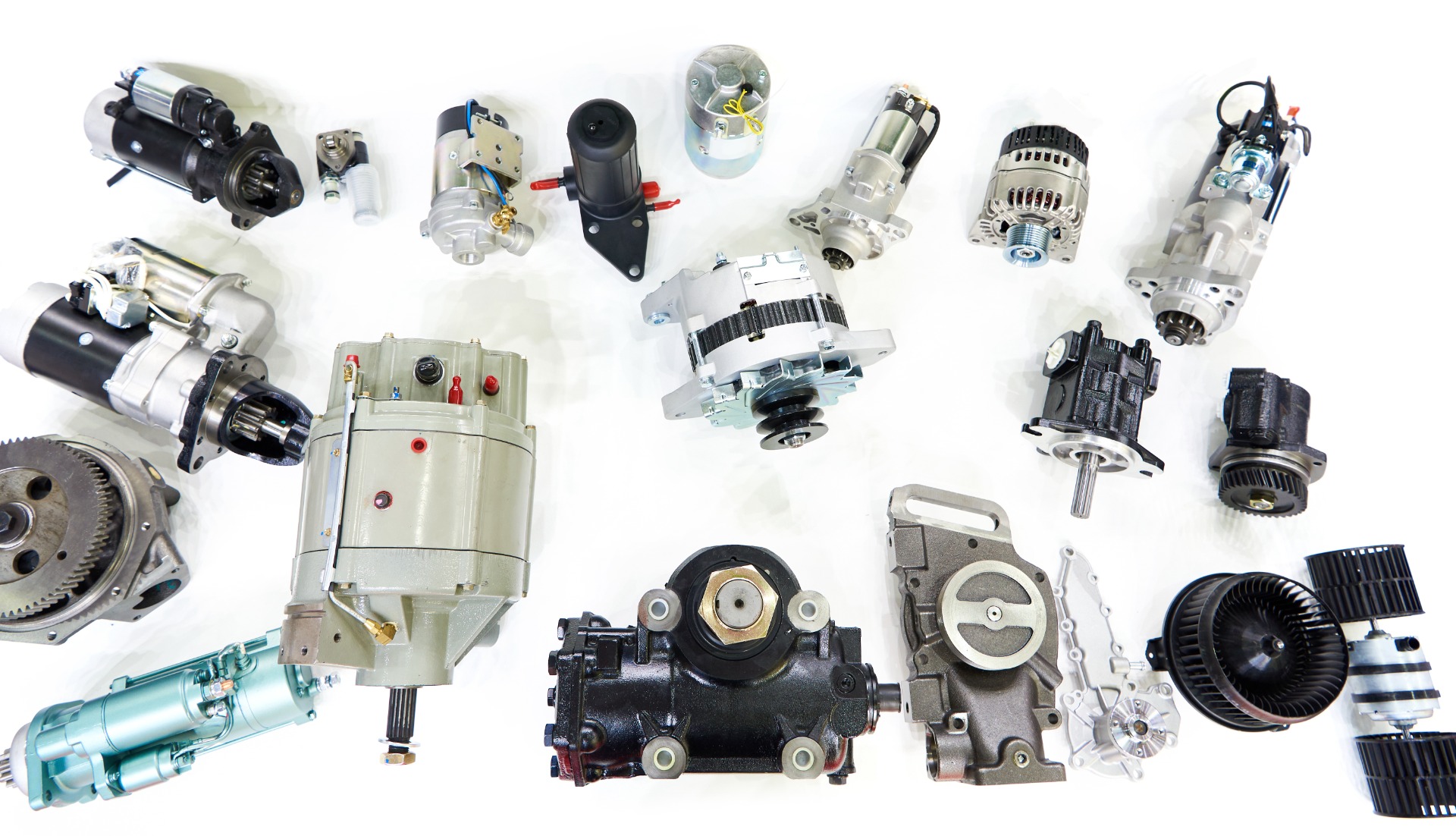
Motor and Load Capacity
After clarifying the basic design parameters for an application, it is vital that you determine which motor is to be used. In modern day industrial settings, most motors are paired with drives of some kind to provide an additional tier of control, sometimes essentially. Whether your motor operates in constant torque or variable torque applications should be a consideration at the forefront of your mind. Once you have completed your matchmaking and selected which drive suits the motor, you must closely inspect the type of loads, making sure that the drive can handle the pressure. In short, make the decision based on the motor’s full load amps (FLA) and make sure the drive's output current exceeds the FLA.
Below are examples of consistent load of torque characteristics:

With a constant load, an overload reserve of approximately 50% to 60% for 60 seconds is typically used. If the maximum overload limit is reached, the response depends on the VSD used. Some types switch off their output and lose control of the load. Others are able to control the motor at the maximum overload limit until they trip for thermal reasons. Again, the importance of this feature will impact your final choice.
A quadratic load of characteristics usually occurs in applications where the increasing speed leads to an increasing quadratic load torque. Fans and centrifugal pumps are amongst the types of equipment that display this behaviour. Furthermore, most applications with quadratic torque characteristics do not require rapid acceleration phases. For this reason, excess load reserves of 10% are usually selected. Even with quadratic load and an overload capacity of 10%, modern VSDs can be set up to have a higher break-away torque as they start. Also consider whether the application will continuously require quadratic torque. For example, a mixer has a quadratic torque requirement when it is used to mix a very fluid medium, but if the medium becomes highly vicious during processing, the torque requirement changes to constant.
The Installation Environment
When installed above a certain height, derating your VSD is essential. Temperature wise, most can operate up to 50⁰C with no adverse effects, however if this temperature is exceeded, unplanned downtime is likely to rear its head. Likewise, if you are mounting your VSD in an enclosure, you must be aware of heat build up within that enclosure and have sufficient cooling systems in place to counteract this. On the flip side, don’t forget to keep a close eye out for condensation during temperature fluctuations. Each VSD manufacturer will specify the ambient operating temperatures recommended - check this before you invest and be sure to avoid reaching either extreme end of the scale to prolong the life of your drive. If unavoidable and this ambient temperature is higher than what the OEM recommends, derating of the power supply is absolutely necessary.
Everything from heat and moisture to dust can result in downtime, so sufficient preventative maintenance is certainly worth its weight in gold. Many manufacturers recommend employing a centralised installation if operating in harsher conditions so the VSD is situated away from the motor and alongside other VSDs in your operations. When adopted, many end users choose to integrate a cold plate into their setup, allowing the heat from within the cabinet to transmit externally. Provided it fits with all your other requirements, choosing a VSD with a conformal coating will also elevate your protection level, specifically useful for those operating in corrosive environments. Read more about conformal coatings here.
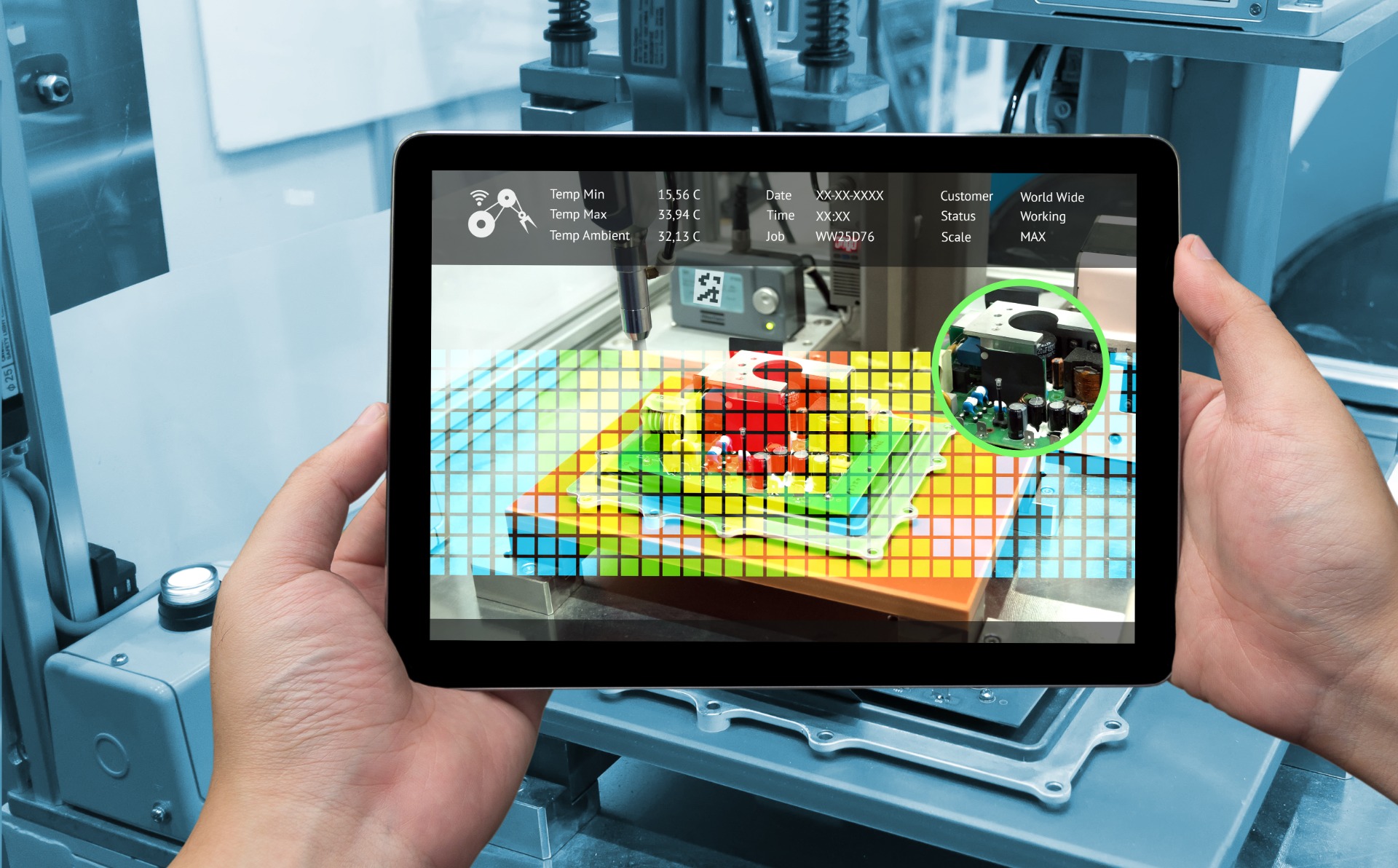
Harmonics
Non-linear loads and VSDs can impact the power supply and cause harmonic distortion. As the current flows and if the non-linear load has a diode rectifier as part of its makeup, it could take blocks of current as opposed to in waves as linear loads do. As the VSD converts AC to DC and back to AC output, current waveforms disturb the status quo, resulting in the phenomenon known as distortion where the supply voltage is disrupted. The impact of this distortion can be extremely damaging to various components, hence why manufacturers also provide limits and guidelines here. When connected to weaker networks, often in more rural areas, the likelihood of distortion increases as various pieces of equipment are connected to the same supply, potentially causing motor performance issues. The solution will be entirely dependent on the specific VSD you have installed. While they do have a string of benefits attached to them, you must be cautious when selecting the right one for your existing operation.
Minor levels of distortion are completely normal and will not disrupt your connected equipment. Your decision should be strongly based on your network availability and once installed, continue to observe your operations. If you identify harmonics, there are a myriad of cures and a reputable contractor will be able to provide the solution.
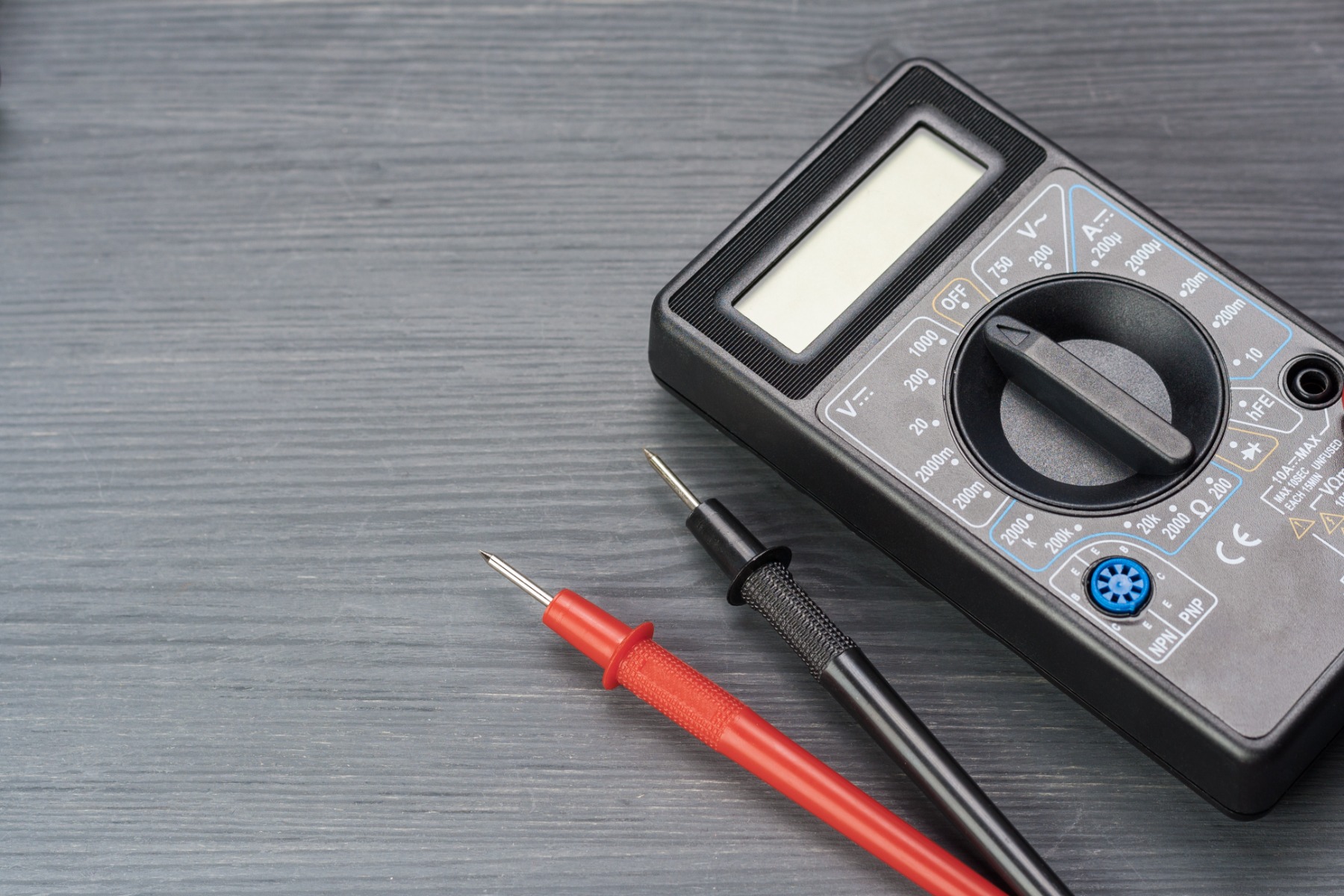
Do VSDs have a wealth of advantages under their belts? Yes. Do you have to be thorough when choosing the perfect one for you? Absolutely yes.
These drives certainly have the potential to cut energy expenditure, prolong the lifespan of your motors and optimise your operations, however, if you want to reap the benefits, an informed decision is key. We have a team of technical engineers on hand to give you the advice you need to reach a conclusion.
Are you ready to fuse a VSD into your operations?
Want to find out more?
If you'd like to learn more, click the button below and one of our helpful friendly team will be in touch. Alternately you can reach us by phone on +44 800 234 3747
Share this article


























